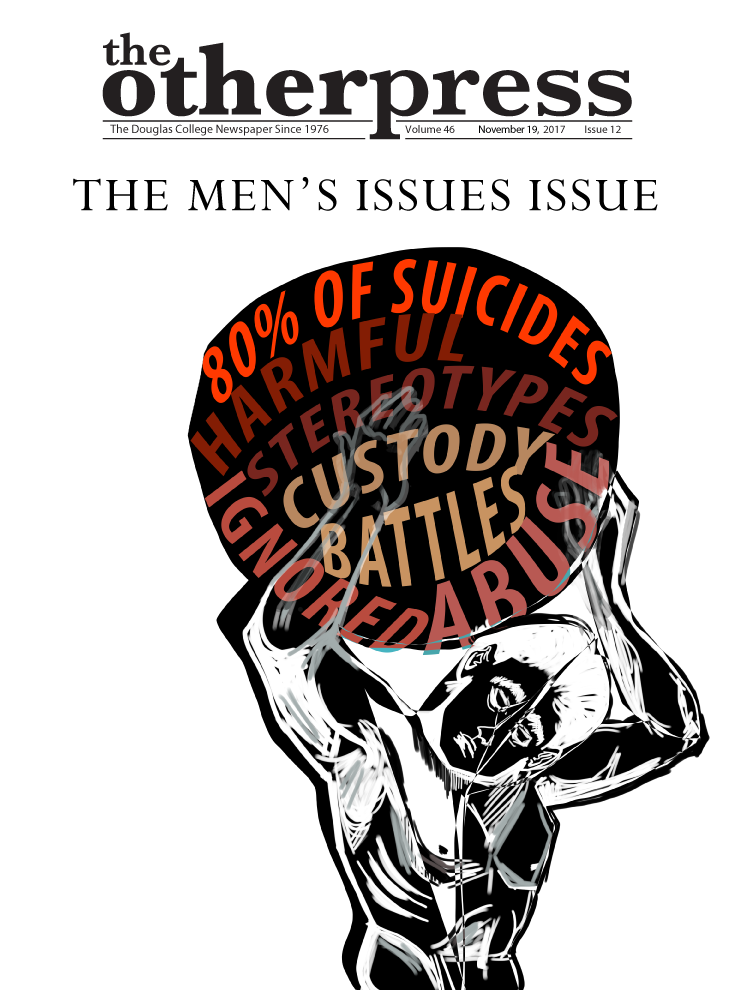How industrial farming harms humans
By Adam Tatelman, Staff Writer
Factory farming: the industrial process that converts carbohydrates to animal protein for mass distribution and consumption. If these terms seem too clinical, that’s because they lack the ethical context, without which the only concern is efficiency. Consequently, we must consider the methods by which such efficiency is achieved as well as the harm industrial agribusiness inflicts on both humanity and animals alike.
Since the average North American citizen consumes almost 14 ounces of meat per day, producing 99 per cent of all North American meat products—which factory farms do—is a tall order. According to the North American Meat Institute (NAMI), 8.6 billion chickens, 33.2 million cattle, 239.4 million turkeys, 2.3 million sheep, and 112 million hogs were raised for slaughter by factory farms in 2013. That’s over 93 billion pounds of meat, consistent with the average rate of consumption. This proves that there is generally no surplus; the great efficiency of factory farms is their ability to distribute all of their production every year.
Considering the sheer size of this inventory, that’s impressive. How do factory farms achieve this level of efficiency? Logically, the life of a livestock animal from birth to slaughter must be as brief as possible, while still allowing for its maximum growth potential in this time frame. Livestock must also be bred as quickly and in as great a quantity as is manageable, ensuring high population at all times. Expenses on feed and care must be minimized, and any unfit animals must be discarded.
Factory farms continent-wide have a booming clientele in the form of chain stores and fast-food distributors like McDonalds, Tim Hortons, Saputo, and many others. They are both the primary distributors and beneficiaries of animal meat products; they are also listed as partners of the National Farm Animal Care Council (NFACC) which regulates Canadian factory farming practices, primarily to promote the factory farm business model. The vested interest here is obvious, so what kind of farming methods does the NFACC permit?
Consider the life of an average factory-farmed egg-laying chicken. She spends her short life packed inside a wire cage with up to 10 other chickens where each bird is allotted less than 8.5 by 11 inches of space. Many go stir crazy from the crowding and peck each other to death. To avoid this, their beaks are clipped off—no anesthetic is provided, since that is an unnecessary expense. Through weeks of malnutrition, these chickens are kept in a perpetual egg-laying state. After a couple of years, a hen’s productivity slows. No longer useful, she is slaughtered.
Broiler chickens live similar lives, except they are bred for maximum breast size—most cannot even stand due to their weight. Ducks and geese are force fed through tubes for weeks at a time in order to swell their livers to many times their normal size, in order to make foie gras. Sows spend six months in tiny crates, forced to breed again and again, repeatedly traumatized as each litter is taken away from them.
Beef cattle spend a year confined in barren feedlots, crowded shoulder-to-shoulder and knee-deep in their own waste, force-fed improper grain diets which are engineered solely to promote rapid weight gain. Like sows, dairy cows spend their entire lives in a traumatic cycle of pregnancy in order to stimulate perpetual lactation.
The newborns are treated most harshly. Male offspring of dairy cows live six weeks in tiny crates, fattened for veal in enclosures that keep them from even turning around. Since there is no market for male offspring of egg-laying hens, they are euthanized moments after they hatch. Piglets are castrated at birth without anesthetic.
All of this is done in the name of efficiency; it seems ethics and efficiency in factory farming co-exist only up to the vanishing point where greed meets opportunity. This method of farming is predicated upon the idea that animals exist to be used by humans; that they have no rights, cannot have rights, and that there is no ethical problem with treating them like farm equipment instead of sentient creatures that require humane care.
This dichotomy breeds considerable academic debate on the “personhood” of farm animals. Theoretically interesting, but often the focus shifts from advocating for ethical restrictions on industrial agribusiness to debating whether those restrictions are needed. Abolitionists like Tom Regan, an animal rightsadvocate, claim that all forms of life have equal and inherent value, and thus a right to basic humane treatment. Their opponents, like University of Michigan philosophy professor Carl Cohen, maintain that animals, lacking the ability to make or enforce moral claims, cannot have rights or obligations of any kind.
Total abolition of animal use is impossible. We create demand for meat through willful ignorance, but there is no political agenda in our apathy. While universal veganism would solve the issue, only two per cent of Canadians are vegan, and becoming so won’t improve any factory animal’s immediate circumstances. Only state-of-the-art fast food advertising sustains the status quo. By all means, go vegan, but since most of us are likely to continue eating meat, the best we can do is to advocate for farm animals to be treated humanely before their time comes.
According to the Criminal Code of Canada, animal cruelty is defined as willfully causing “unnecessary pain, suffering, or injury to an animal or a bird.” Going by the NFACC approved factory farming methods, there is overwhelming evidence that pain, suffering, and injury is borne constantly by factory-farmed animals. Is it necessary? Only for production volume. NAMI and NFACC will claim this volume is necessary to feed humankind. In searching for alternative means of farming, we will make little progress with these organizations by arguing ethics on behalf of the animals.
There is, however, an extensive body of work documenting the considerable human costs of factory farming. Scientific journals like the American Journal of Clinical Nutrition have reported numerous clinical studies connecting red meat consumption with type-2 diabetes, obesity, and heart disease in humans. It is, at the same time, the official position of the American Dietetic Associationthat, since all protein amino-acids can be readily sourced from vegetables, nuts, seeds, or beans, animal protein is simply unnecessary in a healthy human diet.
So it seems the suffering of farm animals is unnecessary after all, which implies factory farm practice is contrary to the Criminal Code. Given that conclusion, clearly factory farms are committing animal cruelty—or would be, if they were obligated to follow federal law.
But forget technicalities; picture your own pet in these awful conditions and judge if that’s not animal cruelty. Think of the millions of gallons of literal bull shit produced every day by factory farms, the untreated 700,000 square foot manure pits frequently contaminating the meat we consume, the fact that factory farms generate 26 per cent of all worldwide nitrous oxide emissions responsible for global warming, and that they prolifically spread airborne salmonella and E.coli to nearby communities. Look at all of this and judge if humans aren’t being harmed.
It is our apathy, our willingness to eat what we’re given that creates such a demand for factory-farmed meat. Every time we eat anything that was grown in a factory farm, we are consenting not just to unethical treatment of animals but to cruelty toward humans and planet earth alike. As consumers, we are all to blame. It’s as if we’re all walking up to the feed lots, bowls in hand, meekly crowing “Please, sir, I want some more.”
What to do? Consider the recent history of smoking in Canada. Health and Welfare Canada reports over 50 per cent of the Canadian population smoked in 1965. Following the 1964, U.S. Surgeon General’s report which indicted smoking as a primary cause of lung cancer, aggressive anti-smoking advertising campaigns evolved over the ensuing half century, funded largely through punitive taxation of tobacco products at the consumer level. At the same time, comprehensive legislative reform ultimately abolished all forms of tobacco advertising in Canada. Today, Statistics Canada reports our country’s smoking population is now less than 15 per cent.
Therein lies the solution: advertisement. Just as cigarette packs and points-of-sale are mandated to advertise tobacco use hazards, so too should meat packages and their points-of-sale offer images of the manure pit, the killing floor, and the manifest health hazards associated with meat consumption. Let every parent at the grocery store explain to their children what is being done to the cows on the meat deli’s new TV screens. When the human costs of factory farming become indisputable public knowledge, humanity’s self-interest will override the pseudo-consent of apathy.
By combining public health mandates, taxation policy, and media advertising, we can all pressure factory farms to either change their methods or deconstruct. If even one of the big distributors like McDonalds, for example, were to change its policy and “go vegan,” by popular demand that would be the tipping point. We made this problem together, and fixing it won’t be easy. Perhaps we should discuss it over dinner.

